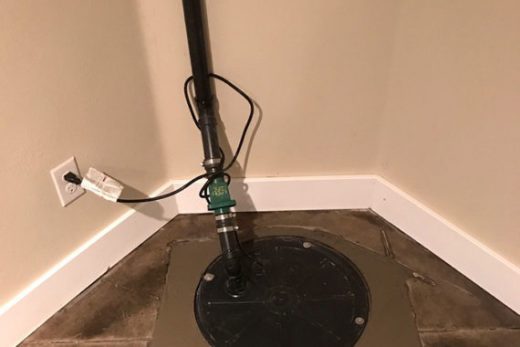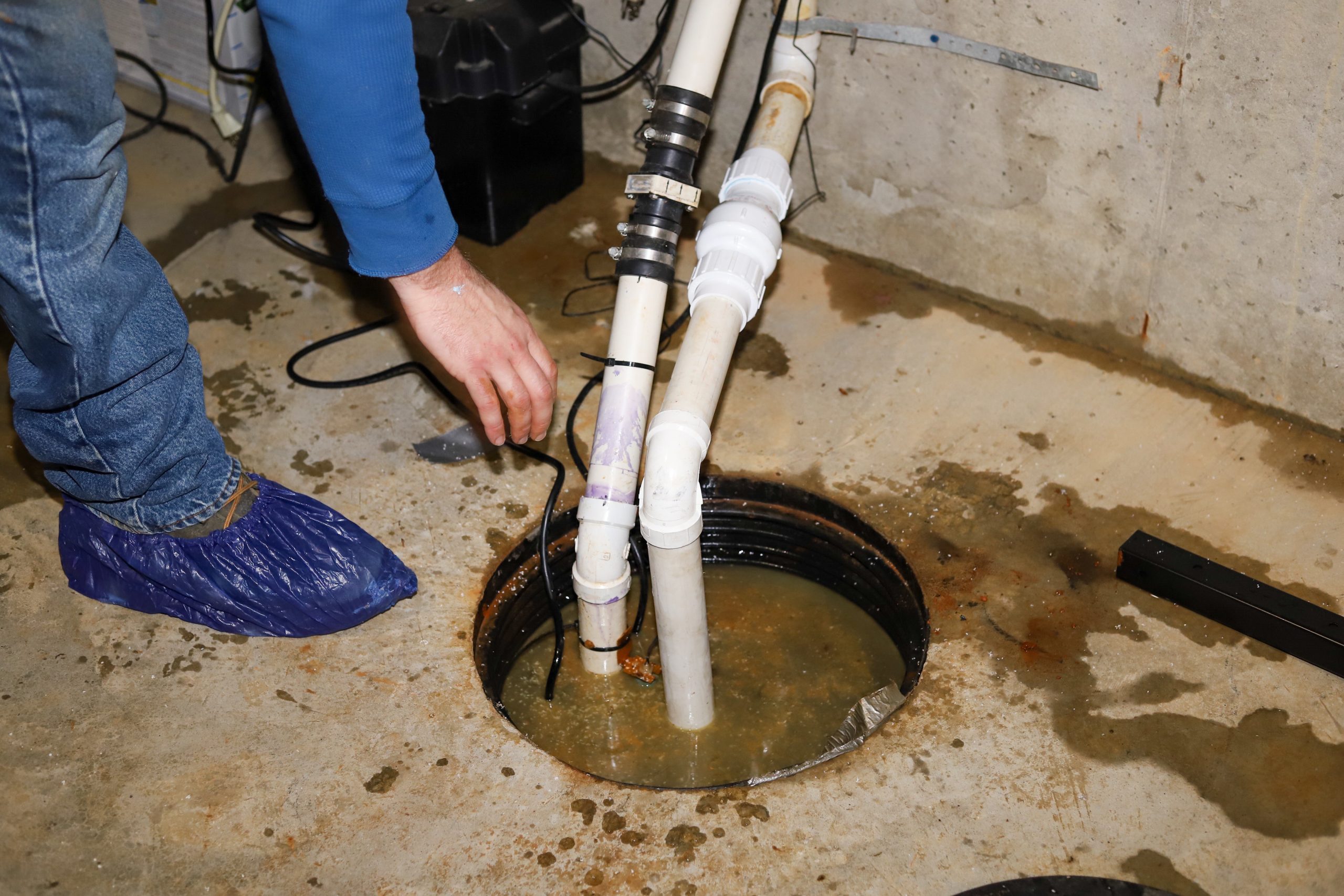This post on the next paragraphs involving Steps to Cleaning Your Sump Pump Properly is really insightful. Give it a go and draw your own findings.

Sump pumps are important elements in lots of homes, specifically in areas prone to flooding or too much wetness. They assist protect against water damages by efficiently getting rid of excess water from cellars or crawl spaces. However, like any other appliance, sump pumps require regular maintenance to ensure they operate successfully when needed one of the most. Cleaning your sump pump is an important part of its upkeep, and recognizing just how to do it correctly can save you from expensive fixings and possible disasters.
Introduction
Maintaining a clean sump pump is important for its appropriate functioning and durability. Overlooking this vital task can result in blockages, malfunctions, and ultimately, water damages to your residential or commercial property. For that reason, learning just how to clean up a sump pump is important for property owners who rely on these devices to keep their basements dry and secured.
Signs of a Dirty Sump Pump
Understanding when your sump pump requires cleaning is crucial for stopping prospective malfunctions. Some common signs that suggest an unclean sump pump consist of weird sounds during procedure, minimized water flow, and noticeable debris in the pit. If you discover any one of these signs and symptoms, it's essential to clean your sump pump without delay to avoid any type of further concerns.
Planning for Cleansing
Prior to you start cleaning your sump pump, it's important to take some safety preventative measures. Start by turning off the power to the pump to stay clear of any type of electrical mishaps. Additionally, use appropriate protective equipment, such as handwear covers and safety glasses, to safeguard yourself from dust, particles, and prospective microorganisms.
Comprehending the Sump Pump
Before diving right into the cleaning process, it's vital to have a fundamental understanding of how a sump pump functions. Commonly set up in a pit or container below the cellar floor, a sump pump consists of a number of key elements, consisting of a pump, a float switch, and a discharge pipeline. When water accumulates in the pit, the float button turns on the pump, which then pumps the water out with the discharge pipeline, away from the building's structure.
Detailed Overview to Cleaning Up a Sump Pump
Shutting Off the Power
Begin by disconnecting the power supply to the sump pump to avoid any mishaps while cleansing.
Checking for Appropriate Performance
Prior to re-installing the pump, execute a quick examination to make sure that the float button turns on the pump appropriately. Pour some water into the sump pit and observe the pump's procedure. If whatever is functioning correctly, you can rebuild the pump and reconnect the power supply.
Getting Rid Of Debris and Dirt
Use a pail or a scoop to get rid of any noticeable particles, dust, or debris from the sump pit. Dispose of the debris properly to avoid it from clogging the pump or the discharge pipe.
Cleaning the Pump and Drift Switch
As soon as the pit is free from particles, thoroughly get rid of the pump from the pit. Check the pump and the float button for any indicators of damages or wear. Use a soft brush or fabric to cleanse the surface areas and eliminate any type of collected gunk.
Flushing the System
After cleansing the pump and float switch, purge the sump pit with tidy water to get rid of any type of remaining dirt or debris. This will assist guarantee that the pump operates smoothly and effectively.
Upkeep Tips to Keep Your Sump Pump Clean
In addition to routine cleansing, there are several maintenance suggestions you can follow to keep your sump pump in ideal problem:
- Routine Assessment: Examine your sump pump on a regular basis for any type of indicators of wear, damage, or blockages.
- Keeping the Surrounding Area Clean: Guarantee that the area around the sump pit is free of particles, dust, and obstructions.
- Testing the Pump Occasionally: Test your sump pump regularly by putting water into the pit and observing its procedure. This will aid you identify any kind of potential concerns before they escalate.
Conclusion
Cleaning your sump pump is a vital element of its upkeep and makes certain that it operates successfully when you require it one of the most. By following the steps detailed in this overview and integrating routine upkeep into your routine, you can expand the life-span of your sump pump and secure your home from water damages.
How To Inspect And Clean A Sump Pump
There are a few things you may want to look for when inspecting your sump pump. These include:
- Leaks: If you notice any leaks around the sump pump, it likely needs to be repaired or replaced.
- Mud or Water: If there is any mud or water around the sump pump, it’s likely that it’s not working properly and needs to be cleaned.
- Noises: If you hear any strange noises coming from the sump pump, it may be indicative of a problem.
Next, you’ll need to clean the sump pump. If you notice any of these issues, it’s best to clean the sump pump as soon as possible. To do this, you’ll need to remove the pump from its housing. Be sure to have a bucket handy to catch any water that may spill out. Once the pump is removed, use a brush or a spray nozzle to clean off all of the mud and debris. You may also want to check the impeller for damage or wear and tear. If you find any damage, you’ll need to replace the pump.
Once the pump is clean, reattach it to its housing and replace any parts that were removed. Be sure to test the pump before putting everything back in place. Once everything is back in order, put the cover back on the sump pit and refill it with water.
https://elekplumbing.com/blog/how-to-inspect-and-clean-a-sump-pump/

I was brought to that article about How To Effectively Clean A Sump Pump from a pal on a different domain. Do you know anybody else who is interested in the topic? Be sure share it. Thanks for being here. Come back soon.
Click Here
Comments on “Swift Solutions for Taking Care of a Sump Pump”